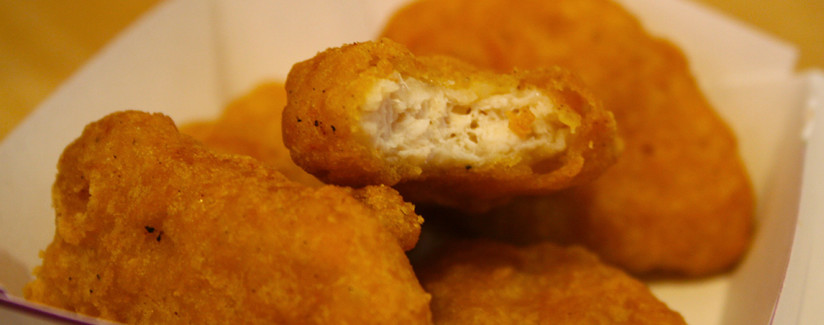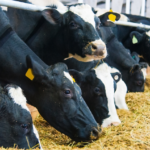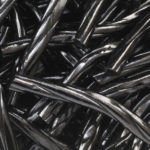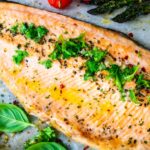
What’s in Chicken Nuggets?
Researchers in Mississippi recently tested chicken nuggets from two national fast food chains. They took one nugget from each and examined them for their content. They said one of them was about half muscle with the rest a mix of fat, blood vessels and nerves. Close inspection revealed cells that line the skin or internal organs. The second was 40 percent muscle and the remainder was fat, cartilage and pieces of bone.
Is this unusual? Is it a safety concern? We took these questions and others to Dr. Casey M. Owens at the Center of Excellence for Poultry Science at the University of Arkansas.
What do you think of these findings?
Dr. Owens:
Well, first, It’s not a good sample size. This report was published as a brief observation, or research note, which is consistent with inadequate sample size or scope for a full research paper.
So, what do the findings tell us?
Dr. Owens:
In this report, it is unclear how the percentages of certain tissues (e.g., muscle, fat, etc.) were determined. So, I don’t know if they mean 50 percent of the meat, 50 percent of the entire nugget (which can contain up to 30 percent breading/coating), or 50 percent of the section analyzed. They were not clear in their methods of determining a percentage.
As far as their findings on types of tissues, it’s not unusual for blood vessels, fat and nerves to be present in chicken meat. These are tissue types that are associated with muscle and these are most likely the sources of epithelial cells (cells that line the cavities in the body and also cover flat surfaces) mentioned in that report. Also, chicken skin, another source of epithelial cells, can be added to nugget formulations in small quantities to improve quality and texture. Connective tissue (or “associated supportive tissue”) is also natural in muscle tissue and is found in skin as well. Chicken nuggets are boneless products and processors have quality control measures in place to ensure bones are not present.
Composition (moisture, fat, protein, etc.) of the nuggets was not determined in this study. It is important to note that these are breaded products, which can have up to 30% coatings (to be labeled as breaded) and they are fried. One would typically consider a fried product generally higher in fat. Consumers have opportunities to obtain nutritional information on various products, which can aid in eating choices. If a lower fat product is desired, then a fried product may not be the best choice.
Do chicken nuggets contain mechanically-separated chicken and, if so, is it safe to eat?
Dr. Owens:
Typically, mechanically-separated chicken (MSC) is not included in nugget formulations, but it’s completely safe, if present. Mechanically-separated chicken is a process that removes the soft tissue that remains on the bones when the chicken is processed. So, if mechanically-separated chicken is in the nugget, it might also contain some additional fat and nerves. Bone and cartilage will also be found in mechanically-separated chicken but it is regulated – there can be no more than one percent bone in the finished product. This MSC product is more typical for emulsified meat products like hot dogs and deli meats. However, if you want to avoid it, just read the label. It will be listed on the ingredient statement as “mechanically-separated chicken.”
My kids eat chicken nuggets regularly and products formulated with MSC. Should you eat them every day? Probably not. I feed these products in moderation along with an overall well-balanced diet.
Some concern is being expressed about the recent decision to allow chicken to be shipped to China for processing then returned to the United States. What are your thoughts?
Dr. Owens:
I saw a quote from the USDA that 99% of the chicken we consume is hatched, raised and processed here in the United States. That’s a true statement. Some U.S. companies do have operations in China and maybe that’s where some of the confusion comes from. They aren’t shipping the product back here – they’re servicing the Chinese market. And, any product shipped back to the U.S. would have to meet our standards set by USDA.
Do you have a question for the experts? Submit your own question.
“A man inside of a dead Tauntaun” by Jacob Enos is licensed under CC BY-SA 2.0.


























